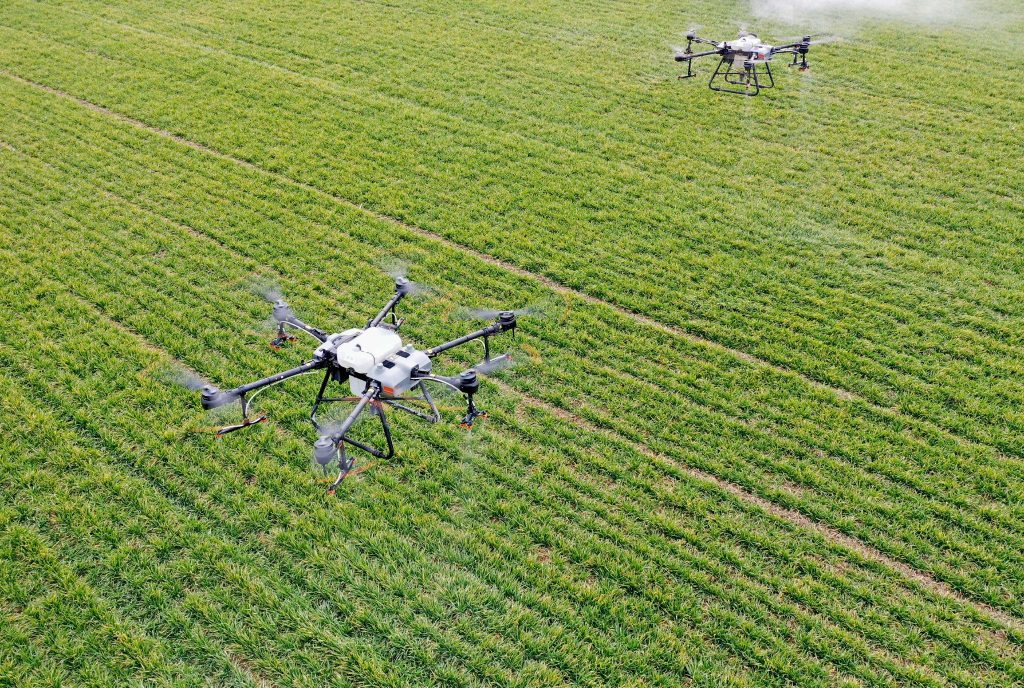Unmanned Aerial Vehicles (UAVs), commonly known as drones, have become integral to modern agriculture as invaluable tools for safeguarding crop health. These aerial sentinels patrol the skies, capturing data and providing farmers with critical insights to protect their crops more efficiently and sustainably than ever before. In this article, we will delve into the role of UAVs in crop health management and their contributions to agricultural sustainability.
Agricultural drones are equipped with a suite of sensors, cameras, and advanced imaging technology. This equipment allows them to perform a range of tasks critical to crop health management. One of their primary functions is aerial surveillance, where they capture high-resolution images and data from above. This vantage point provides farmers with a comprehensive view of their fields, revealing issues that may be hidden from the ground.
One of the key advantages of UAVs in crop health management is their ability to detect problems early. By regularly monitoring fields for signs of stress, pests, diseases, or nutrient deficiencies, drones enable farmers to take timely action. This early intervention can significantly reduce the need for costly and environmentally harmful treatments later in the season.
UAVs also offer precision in application. They can be equipped with payload systems that precisely target specific areas of a field, minimizing the use of chemicals and reducing waste. For instance, when a drone detects a pest infestation in a localized area, it can apply pesticides only to that region, sparing the rest of the field and its beneficial organisms.
Furthermore, drones contribute to sustainable agriculture by reducing the environmental impact of crop management practices. By using data-driven decision-making, farmers can optimize resource use, minimize runoff of chemicals into water bodies, and decrease greenhouse gas emissions associated with unnecessary field operations.
As technology continues to evolve, so too will the capabilities of agricultural drones. Advanced AI algorithms will enable drones to analyze data on the fly and make real-time recommendations. Autonomous swarm technology will allow multiple drones to collaborate on large-scale operations, improving efficiency and coverage.
In conclusion, UAVs have ushered in a new era of precision and sustainability in crop health management. Their ability to provide early detection, targeted treatments, and reduce environmental impact makes them invaluable assets for modern agriculture. As the world faces increasing pressure to produce more food while minimizing ecological harm, agricultural drones will continue to play a pivotal role in achieving these goals.







Please sign in to comment
register